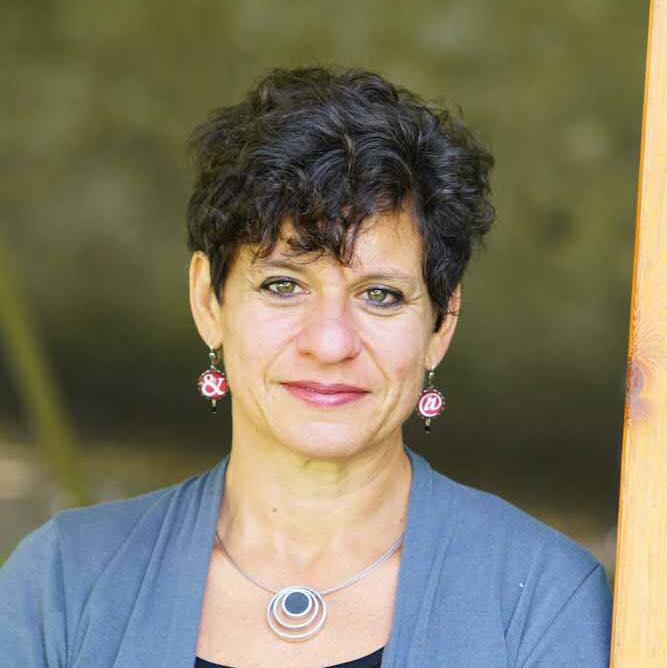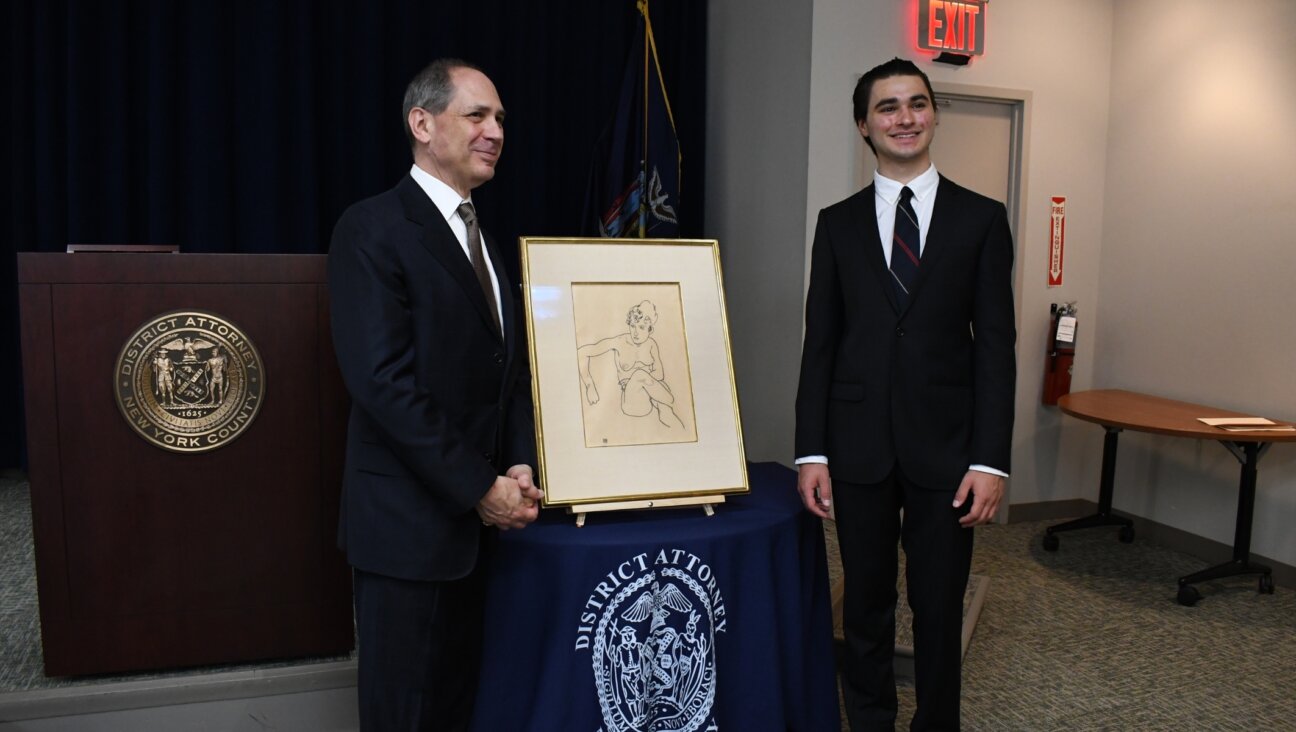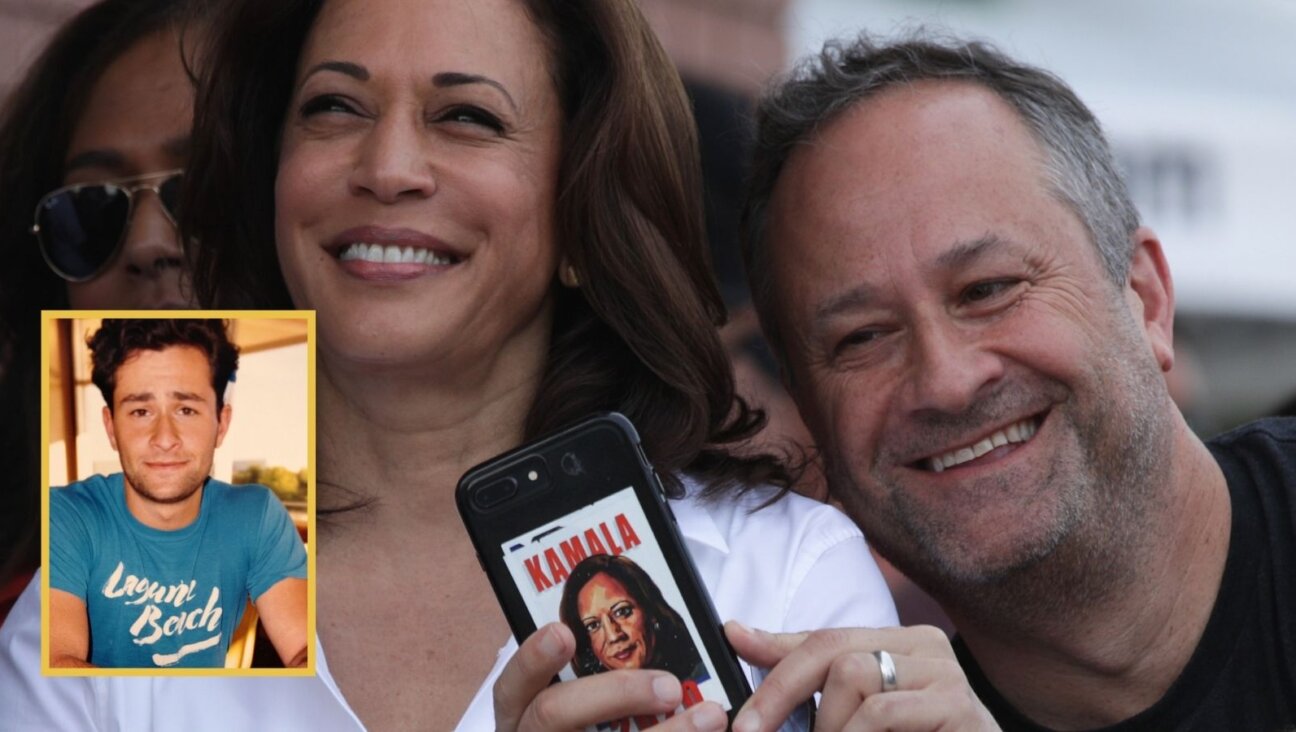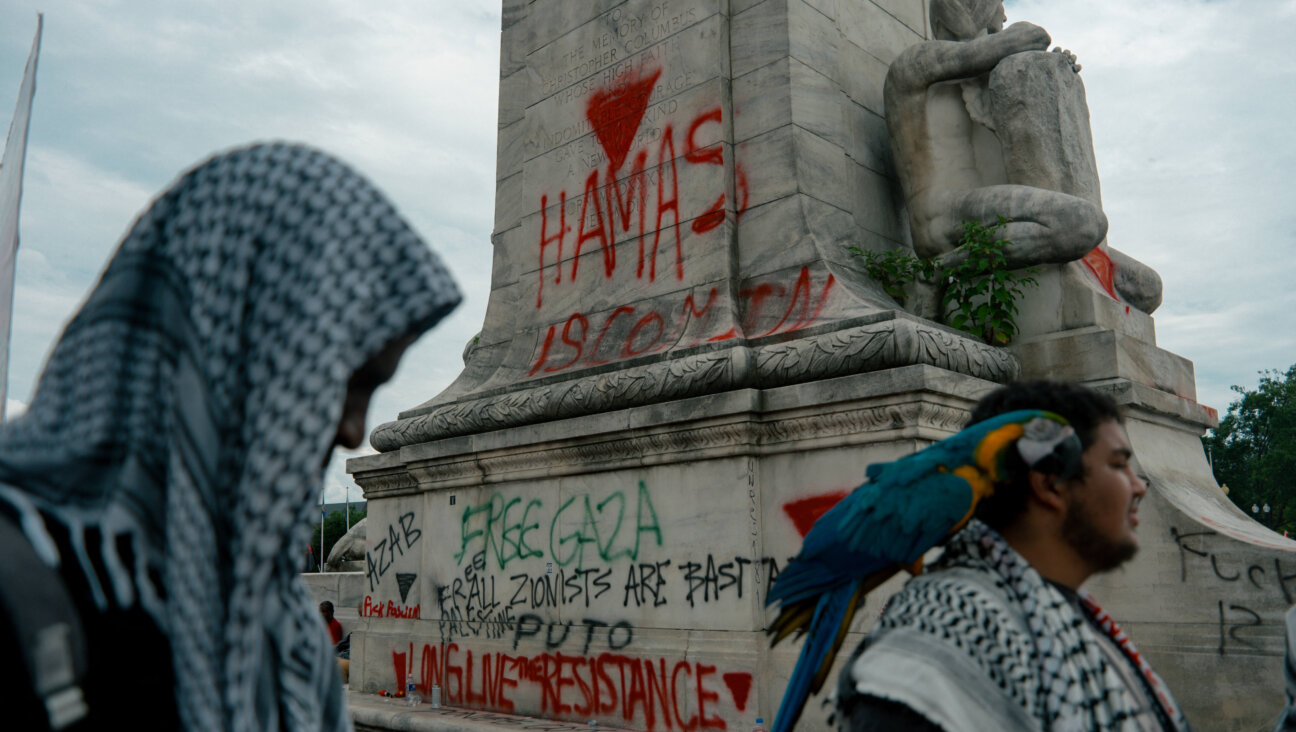Lewis Gittler Brought Refugee Lives to Screen

The first time I saw Wendy Gittler, she was carrying her husband, Henry Tylbor, in his wheelchair down a narrow, crowded flight of stairs at the New York Studio School, on East 8th Street in Manhattan. Tylbor was the youngest survivor of the Warsaw Ghetto Uprising. He had known Majdanek and other concentration camps. He reached New York in 1948. He was an independent scholar who studied linguistics and neuroscience at the Sorbonne in the 1960s. By the time we met, he was in the advanced stages of Parkinson’s disease, so we never really had a conversation. But that first glimpse of him and Gittler said a great deal about their long marriage and the character of this energetic, courageous woman.

Tylbor died in 2009, leaving behind a sheaf of intimate and to-date unpublished short stories about Warsaw before and during the war. Gittler remains indefatigable. A painter, art historian and writer, she is currently preparing a lecture for the Art Students League of New York, in Midtown and a show at First Street Gallery, in Chelsea. On October 10, at Casa Italiana Zerilli-Marimò, in Manhattan, she will be offering a rare screening of her father’s little-known 1949 movie “The Earth Cries Out.” Casa Italiana director Stefano Albertini and Primo Levi Center director Natalia Indrimi imported the film from Italy and provided English subtitles.
Made more than 10 years before “Exodus,” Lewis Gittler’s film dramatized the plight of Eastern European refugees trying to reach Palestine in 1947. Gittler, a Life magazine correspondent and a U.S. Army Military Intelligence veteran, was an adventurous, resourceful, Chicago-born grandson of a family of Orthodox rabbis and entrepreneurs from Silesia. After studying at the University of Chicago, he wound up in Berlin. There, for most of the 1930s, he and an older sister wrote for Berlin Topics, an English-language paper popular with the Anglo-American community. After 1933, they smuggled money and valuables out of Germany for Jewish families, and canvassed consulates for immigration visas. At the start of the Spanish civil war, in 1937, Gittler went to Spain, hoping to work as Emma Goldman’s secretary. The plan did not pan out.
In the United States in 1939, Gittler contributed to the groundbreaking study “German Psychological Warfare,” edited by historian Ladislas Farago. When the United States entered the war, he was recruited into the Office of War Information. He was then sent to Washington, D.C., to Britain and finally, in 1944, to Normandy on the heels of the invasion.
On the beach at Normandy, Gittler and his good friend, Italo-American Albert Salvatori, swore that if they survived, they would make a film together. In 1947, a stay in Paris filled them with stories of the Exodus, providing them with the subject for their film. The two men chose Italy as the locale, expecting no interference from censors. They signed on with Lux Films, a company founded by Riccardo Gualino. A resolute anti-fascist, Gualino would later launch the careers of Carlo Ponti and Dino deLaurentis.
“Don’t call the film ‘Exodus,’” some relatives warned, according to Wendy Gittler. “No one will go to see it with a name like that.”
The film tells of Dr. Tannen, an Austrian surgeon and Auschwitz survivor who sails to Palestine from Bari. His son awaits him in Palestine. Traveling with him is his son’s fiancée, a survivor of sexual abuse at Auschwitz. A brave and stalwart Genoese sea captain outwits the British blockade and lands his shipload of refugees safely at their destination. Palestine on-screen was actually the dry hills behind Bari. On a kibbutz, three young men, former comrades in arms in the battle to defeat the Nazis in Italy, meet again as mortal enemies: an Irgun terrorist, a British soldier loyal to the Crown and a member of the Haganah who abjures violence. The poor old doctor and his young traveling companion watch, horrorstruck, as the three men meet their fates. The future beckons through the gloom.
Tullio Pinelli, who later co-wrote Frederico Fellini’s greatest works — “La Strada,” “I Vitelloni” and “La Dolce Vita,” among others — contributed to the storyline of the film. Carlo Levi, whose “Christ Stopped at Eboli” had just been published, and Alessandro Fersen, an important figure in postwar Jewish theater, were also involved. Writer Meyer Levin, Gittler’s longtime friend and fellow Chicago native, contributed ideas. Jewish ethnomusicologist Leo Levi was enlisted to teach the cast Hebrew folk songs.
But the documentary approach was strictly that of Lewis Gittler, the journalist and trained military intelligence record keeper. His daughter still has reams, single-spaced on onionskin paper, of his wartime writings. As an eyewitness to slaughter, he sought solace in writing long, unsparing letters to his wife in New York.
Shot in black and white, with a mixed cast of professional actors and “real people” in gritty outdoor locations in Rome and southern Italy, “The Earth Cries Out” has the convincing, intimately human look, if not the loose structure, of its neo-realist contemporaries.
Director Duilio Coletti and male romantic lead Andrea Checchi were well-known veterans of Fascist-era film. But the cast consisted of mostly non-actors. In fact, Jewish refugees, Holocaust survivors from Central and Eastern Europe, were interned in a camp outside Bari, waiting to emigrate. Because of heavy bureaucracy, they had to be smuggled out of the camp in order to play the role of refugees about to be smuggled into Palestine.
“I wanted to let the facts speak,” Lewis Gittler said on the occasion of the film’s first showing in the United States, in New York during the summer of 1949. He aimed to present the positions of the British colonist, the Irgun terrorist and the Haganah soldier with maximum clarity and accuracy. For a scene in which an Irgun terrorist is tried in a Palestinian court for planting a bomb at British military headquarters, Gittler managed to get a hold of the records of Mandate military trials and culled them for quotes.
In search of authentic dialogue for a bitter argument between the Irgun terrorist and the nonviolent Haganah member, Gittler and Salvatori invited representatives of the two warring Jewish factions to dinner at a restaurant in Rome. The two groups, not generally on speaking terms, were ready to get up and walk out. Salvatori, playing the diplomat, convinced them that that would look bad in front of the other diners. They sat down and waited until the crowd thinned out, and then pursued their argument, “the same battle between opposing philosophical and political positions” that are fought in Israel today, Wendy Gittler notes.
When “The Earth Cries Out” opened near Times Square in August 1949, Bosley Crowther of The New York Times gave it a mixed review but conceded that “the countless ‘bit’ players and extras, many of them actual soldiers and émigrés, are wonderfully vivid and authentic. The integrity of the picture owes much to them.” Note the delicate use of the word “émigrés” for refugees, displaced persons and concentration camp survivors.
Gittler never made another full-length film. In 1949, after returning to the United States with his family, he worked in public relations, traveled widely and collected 20th-century European art. He made a few short documentaries, including one about Konrad Adenauer’s friendship with the Austrian painter Oscar Kokoschka. He created a magazine, German Cultural Review, for the German Information Center, his last employer. Gittler died in 1974, at the age of 60.
Wendy Gittler talks about the film with passion and filial piety, as if it were her father’s autobiography: “It’s the culmination of my father’s years in Europe. After experiencing the rise of Hitler, anti-Semitism, the Nazi mind as revealed in the interrogation of German POWs, after plowing through battlefields strewn with corpses, after the death camp. His film about the struggle for the creation of a Jewish state came out of his own heart.”
Suzanne Ruta is translator, book critic, and author of the novel ‘To Algeria, With Love’ (Virago, 2012).
A message from our editor-in-chief Jodi Rudoren

We're building on 127 years of independent journalism to help you develop deeper connections to what it means to be Jewish today.
With so much at stake for the Jewish people right now — war, rising antisemitism, a high-stakes U.S. presidential election — American Jews depend on the Forward's perspective, integrity and courage.
— Jodi Rudoren, Editor-in-Chief






















